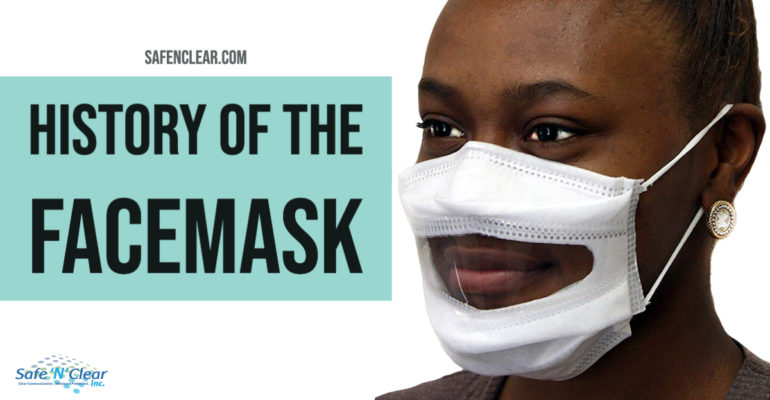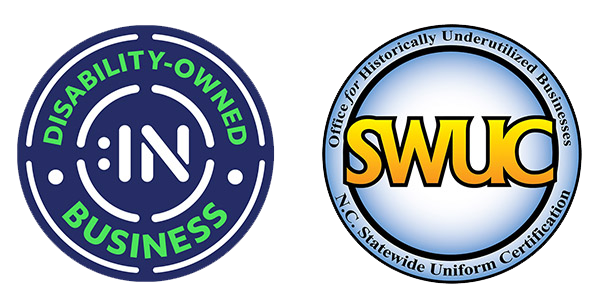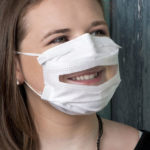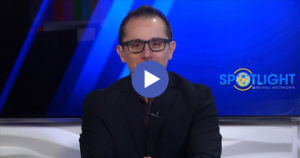History of the Facemask
April 26, 2019 2021-01-27 19:28History of the Facemask

History of the Facemask
Have you ever thought about how face masks got started in the medical field? Published in the American Medical Association Archives of Surgery, in 1960, Charles A. Rockwood and Don H. O’Donahue provided an in-depth look that outlinined the chronology of the surgical face mask, including the development, usage, and efficiency. Later, in 1967, John L. Spooner wrote A History of Surgical Face Masks published in AORN Journal. Basically, medical masks were being developed before antibiotics had widespread use; the goal was to prevent pathogens from healthcare providers getting to their patients. Masks’ use has grown and technology was somewhat stagnant for a period of time, until recently. Additionally, antibiotics are not as plentiful everywhere and several antibiotics are no longer as effective against bacteria, due to the bacteria reinventing its DNA.
Generally speaking, face masks have several terms: medical mask, surgical mask, procedure mask. The purpose of the mask is to prevent any bacteria or viruses particles from healthcare providers getting to the patients. That is, masks were designed to protect the patients, not the healthcare providers. Today, there are different levels of mask protection, depending on the specific needs. Mask use has also expanded outside of the medical and dental arena… the general population uses masks, too.
From time to time, we see the general public wear masks after a flood, fire, or other weather-related event where the air quality may have been compromised. Masks are common in Asian countries with the intent to provide protection against smog and poor air quality or to prevent spread of contagious diseases, such as bird flu.
While early masks were made of layers of gauze, today’s masks tend to be made from non-woven materials that trap particles in the mask so these bacterial and viral particles do not pass through the mask. Masks must be made to be comfortable since users can wear the masks for extended periods of time.
Communicating while wearing a conventional mask is difficult. Sometimes speech can be muffled by the mask; at other times, people might engage in sarcastic communication and their real intended meaning can be missed if one is only listening to the speaker’s words. In 2016, the world’s first FDA approved mask with a clear window became available. The Communicator is designed to allow for inclusion and to increase communication accessibility.
Communication is both verbal and non-verbal. Up to ninety-three percent of communication is non-verbal; being able to see a speaker when he/she is talking allows more facial expressions to be seen. The value of face-to-face communication is being able to read a person’s facial cues and better interpret the meaning of what a person is saying.
As antibiotics become less effective against super-bugs and we experience more growth in global travel, being able to protect the spread of bacterial and viral pathogens is paramount. The Communicator surgical face mask with a clear window provides affordable protection without compromising the quality of communication.
Dr. Anne McIntosh – President, Safe’N’Clear
References:
CHARLES A. ROCKWOOD Jr., MC; DON H. O’DONOGHUE, M.D. The Surgical Mask: Its Development, Usage, and Efficiency A Review of the Literature, and New Experimental Studies. AMA Arch Surg. 1960;80(6):963-971. doi:10.1001/archsurg.1960.01290230081010
Spooner, John L. (1967). HISTORY OF SURGICAL FACE MASKS.: The myths, the masks, and the men and women behind them. AORN Journal, pp. 86-80.
Purchase Online
Featured Deaf Leader
Recent Articles













